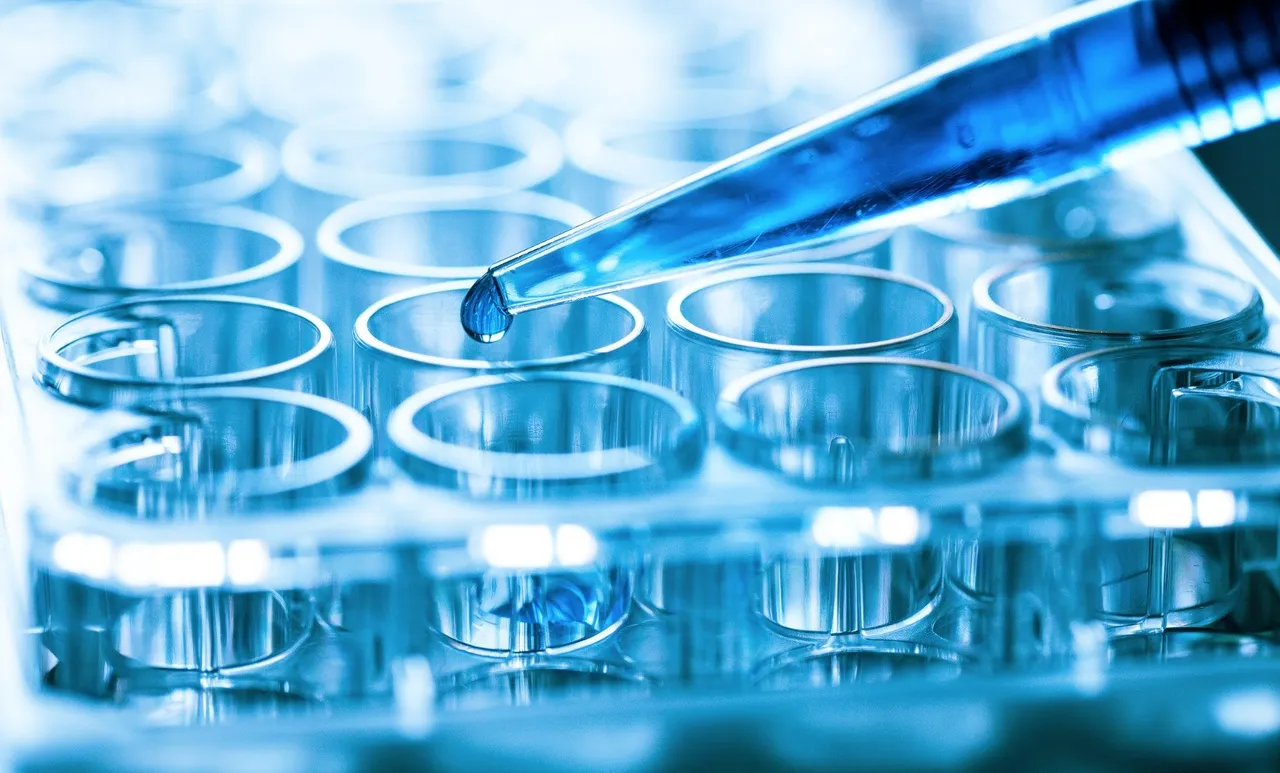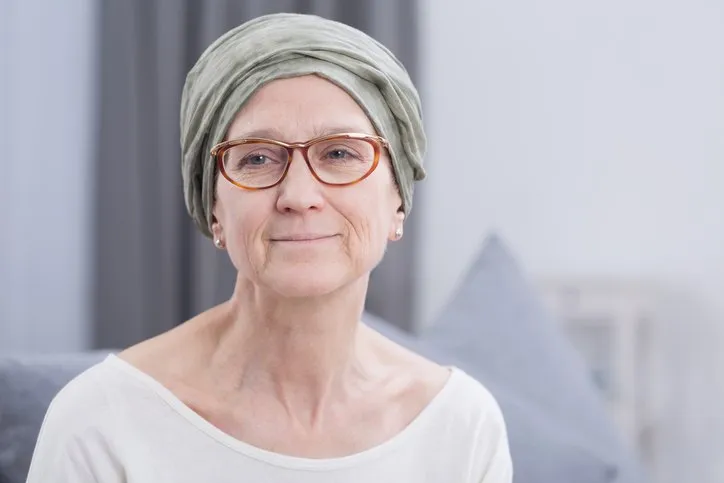
Introduction
One of the theories of ageing suggests that it occurs as a result of a combination of accumulated damage to DNA and a declining ability of our cells' DNA repair mechanisms.

Both these processes act synergistically to impair the functioning of our cells and may also increase the risk of certain types of disease.
A new study in Science [1] suggests a potential mechanism which may be responsible for the reduced ability to repair DNA as people age.
Previous research has found that levels of something called NAD+ (oxidised nicotinamide adenine dinucleotide) decline with age and that this seems to result in an impairment of DNA repair mechanisms.
NAD is a type of compound called a co-enzyme - it basically assists certain enzymes and proteins in their reactions.
These compounds are often derived from vitamins or are vitamins themselves. NAD is slightly more complex than this but that is beyond the scope of this article.
What the Study Found
The first part of the study tested the chemical interactions of NAD+ in human embryonic kidney cells and also human primary fibroblasts (another cell type):

NAD+ appears to bind to and inhibit the activity of a protein called DBC1 (the name stands for "Deleted in Breast Cancer 1").
DBC1 is an inhibitor of an enzyme called PARP1 (poly-adenosine diphosphate ribose) which plays an important role in repairing DNA.
As cells age the levels of NAD+ decline, so there is less of it to bind to and inhibit DBC1. This means that more of the DBC1 is free to impair the activity of PARP1.
The result is less PARP1 activity and therefore a reduced ability of the cell to repair DNA using this pathway.
The second part of the study tested the ability of supplementing NAD+ using a precursor called NMN (nicotinamide mononucleotide) on small samples of young vs old mice.

The old mice had lower levels of PARP1 activity and seemed to be more susceptible (as expected) to DNA damage.
Supplementation with NMN seemed to restore PARP1 activity in the old mice.
It also seemed to reduce the damage to old mice from exposure to gamma radiation even when given after the exposure.
Why does this matter?
Supplementation of NAD+ (or more likely a precursor) might allow a reduction in the accumulation of DNA damage as a result of ageing.

It might also suggest mechanisms by which abnormalities of DBC1 and other components in this pathway may lead to disease.
Supplementation of NAD+ (e.g. using NMN) could help to slow down ageing, reduce the development of certain types of diseases and also reduce damage from exposure to toxic compounds (e.g. cancer chemotherapy) or radiation.
It also suggests other sites of activity which could be explored, for example drugs which block DBC1, or alternatively increase levels or activity of PARP1 (but note the caveats below).
What this study doesn't tell us
This study does not tell us why NAD+ declines with age - that is still not clear.

It also does not tell us for sure whether these effects translate to living human subjects.
The first part of the research was carried out on human kidney cells and the second part on mice with tiny samples (e.g. 3).
So whilst the results are promising they definitely need more exploration.
For some time I have been fascinated by the interplay between ageing and cancer.
One of my personal opinions is that many of the restrictions that contribute to ageing exist in order to reduce the risk of developing cancer.
It seems that evolution has created a very intricate balance between these processes and disturbances to them can create unforeseen consequences.
At first glance it may appear that inhibiting DBC1 is a good thing but remember where it gets it's name from.
It is called "Deleted in Breast Cancer" because in certain types of breast cancer it is missing.
Now this might sound like a good thing given what this study tells us from the point of view DNA repair.

Things are rarely that simple or straightforward though.
As is often the case with biology DBC1 has other effects too. It seems to have an important role to play in something called apoptosis [2].
Apoptosis is "programmed cell death" - and impairment of this mechanism is associated with increased cancer risk.
Further damaged cells which are unable to die in this way, may not just cause cancer, they may also promote other forms of disease and hence ageing [3].
So something which may have positive consequences on the one hand may actually result in other negative consequences.
They may even result in life threatening illnesses like breast cancer.
I suppose the question is, does increasing activity of PARP1 by increasing levels of NAD+ have some similar negative consequences?
The only way to know would be further research.
Conclusion
This study suggests that NAD+ decline as a result of ageing impairs one particular pathway of DNA repair.

It also suggests that supplementation (using NMN) may provide a means of restoring this function at least in isolated cells and mice.
As always we must use caution to extrapolate these results to actual living humans.
It is also unclear if there are any potential negative consequences that might result from supplementation.
As always more research is needed to explore these issues.
N.B. - I have tried to go with a more simplified approach with this post - let me know what you think - is it too much or not simple enough?
Thank you for reading

References
Li, Jun, Michael S. Bonkowski, Sébastien Moniot, Dapeng Zhang, Basil P. Hubbard, Alvin J. Y. Ling, Luis A. Rajman, et al. 2017. “A Conserved NAD(+) Binding Pocket That Regulates Protein-Protein Interactions during Aging.” Science 355 (6331): 1312–17.
Kim, Ja-Eun, Junjie Chen, and Zhenkun Lou. 2008. “DBC1 Is a Negative Regulator of SIRT1.” Nature 451 (7178): 583–86.
Baar, Marjolein P., Renata M. C. Brandt, Diana A. Putavet, Julian D. D. Klein, Kasper W. J. Derks, Benjamin R. M. Bourgeois, Sarah Stryeck, et al. 2017. “Targeted Apoptosis of Senescent Cells Restores Tissue Homeostasis in Response to Chemotoxicity and Aging.” Cell 169 (1): 132–47.e16.
